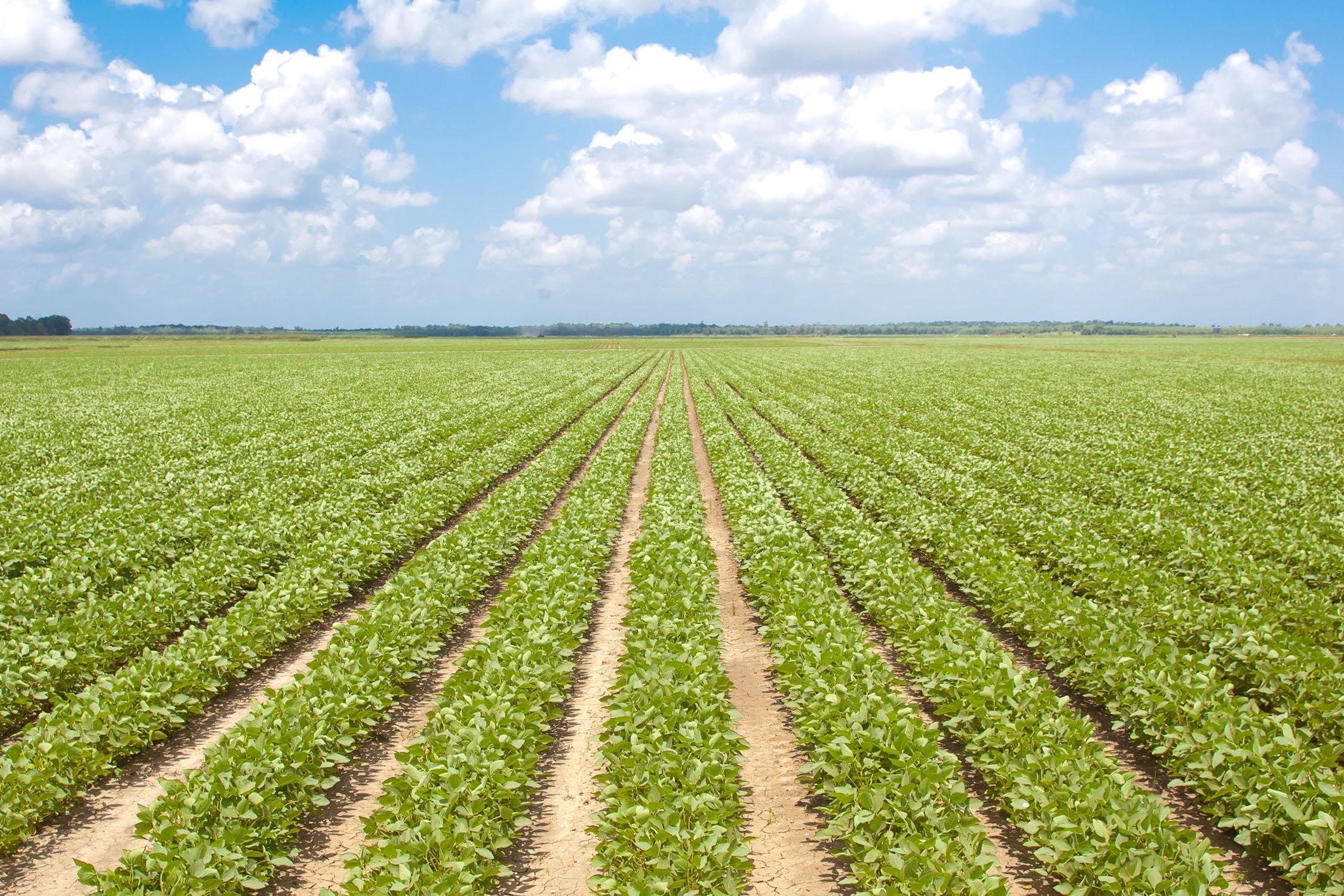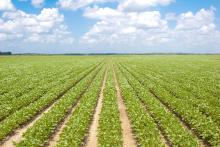Information Possibly Outdated
The information presented on this page was originally released on June 27, 2014. It may not be outdated, but please search our site for more current information. If you plan to quote or reference this information in a publication, please check with the Extension specialist or author before proceeding.
MSU farm bill simulation gives soybean crop advice
MISSISSIPPI STATE -- Mississippi State University scientists analyzed risk-management programs in the Agricultural Act of 2014 and have a recommendation to help soybean producers make informed decisions.
In the new farm bill, soybean producers must decide which of two types of coverage -- Agricultural Risk Coverage or Price Loss Coverage -- will best protect their profit margins.
To determine the expected payments for producers, MSU scientists simulated various farm yields, county yields and price outcomes thousands of times. The team used trends in expected yields and future market prices to analyze the programs instead of relying on simulations that focus on the past.
“When you consider all of the options for producers, it can get a little confusing,” said Keith Coble, a professor in the MSU Department of Agricultural Economics. “We have analyzed the different alternatives by constructing a representative farm for each of the major soybean-producing counties in Mississippi to simulate future payments and determine the most beneficial program.”
The results of their computer simulations found that county-level Agricultural Risk Coverage is expected to pay more than the Price Loss Coverage program and its supplemental coverage option.
Agricultural Risk Coverage triggers payment when the actual county revenue falls below a benchmark amount. Producers must select either individual coverage or county-level coverage. They may not purchase supplemental coverage under the Agricultural Risk Coverage program.
Price Loss Coverage makes payments whenever the national market average price falls below a stated reference price. This program allows producers to purchase supplemental coverage, which is a shallow-loss crop insurance product for producers who purchase Yield Protection or Revenue Protection crop insurance.
Supported by the MSU Extension Service and the Mississippi Agricultural and Forestry Experiment Station, the scientists used a forward-thinking analytical approach to weigh the options of these programs.
“It is often easiest to recall the most recent years when considering these types of impacts,” said Barry Barnett, also a professor of agricultural economics. “However, those vibrant memories are only part of the story when considering the possible outcomes of tomorrow.”
Barnett said only one thing is certain about the future for producers: It will not look exactly like the past.
Even with the insights provided by their simulation program, the MSU scientists caution producers not to base planting decisions or crop insurance coverage levels on expected payments for any of the farm bill alternatives.
“In all of our analysis, future federal payments were relatively small,” said John Michael Riley, Extension agricultural economist. “Based on current price projections, these payments are unlikely to be large enough to have any appreciable impact on planting decisions or decisions regarding crop insurance coverage levels.”
The economists noted that individual-level Agricultural Risk Coverage was not included in their analysis due to the many factors involved in evaluating an individual farm.
The analysis of the farm bill alternatives for soybean producers is funded by the Mississippi Soybean Promotion Board through producer check-off dollars. The complete policy brief is available at http://www.agecon.msstate.edu/whatwedo/policy/briefs.asp.








